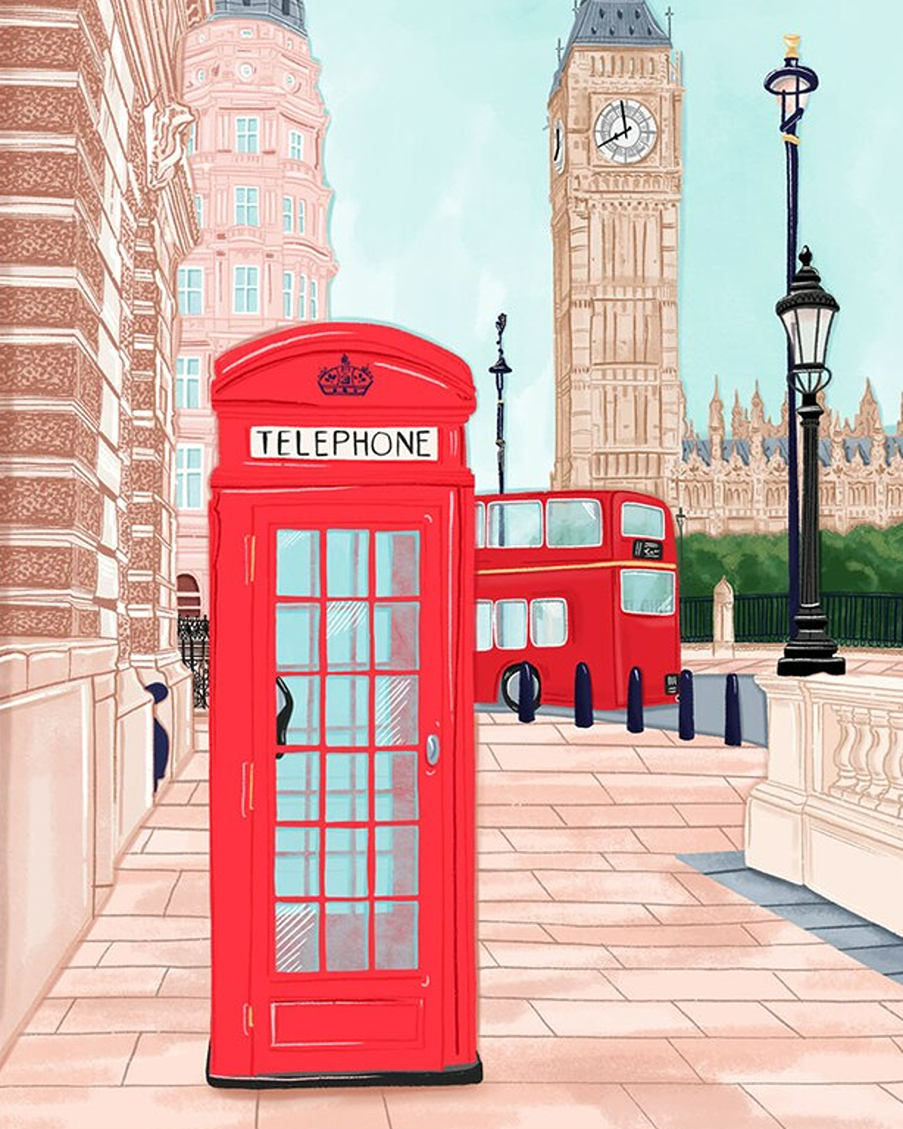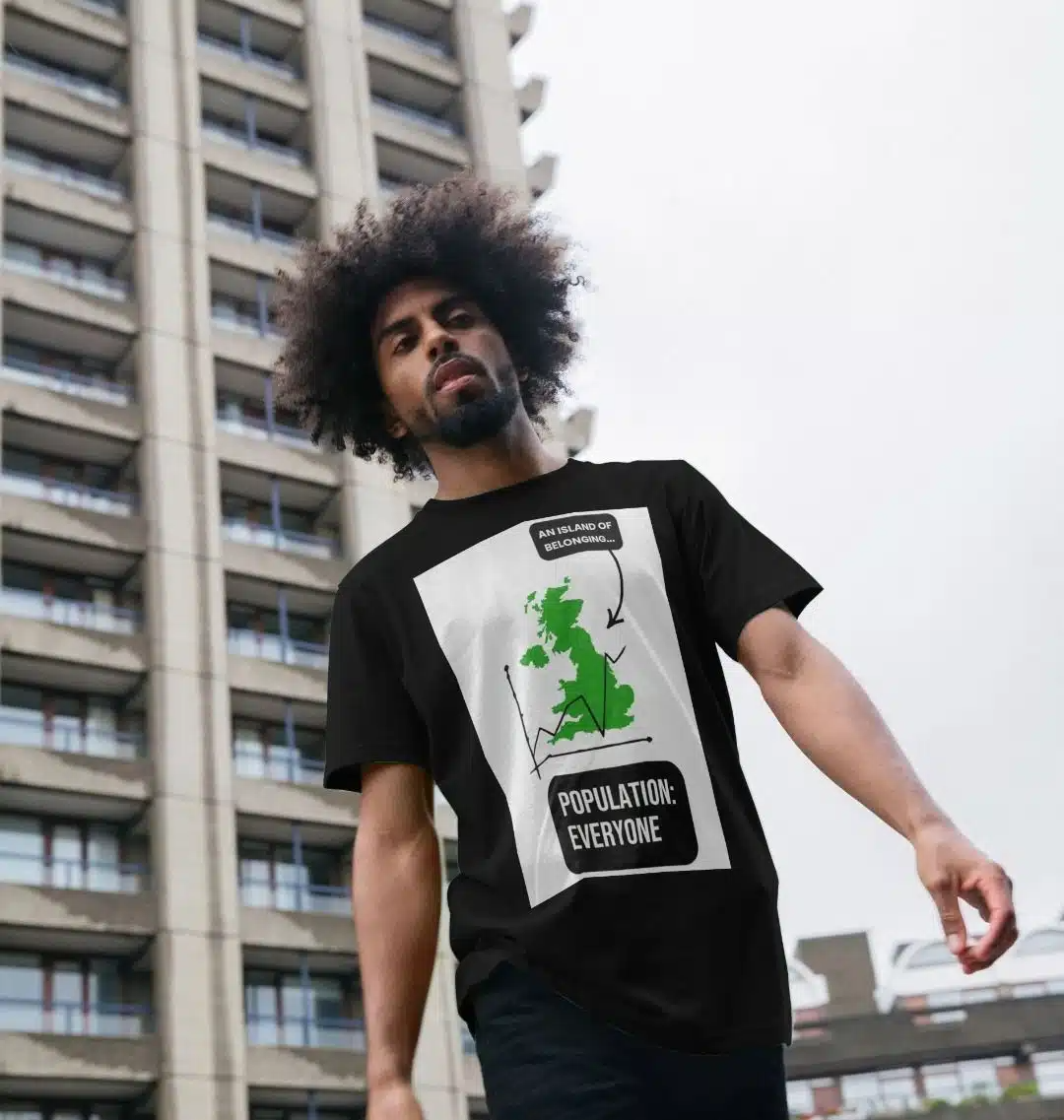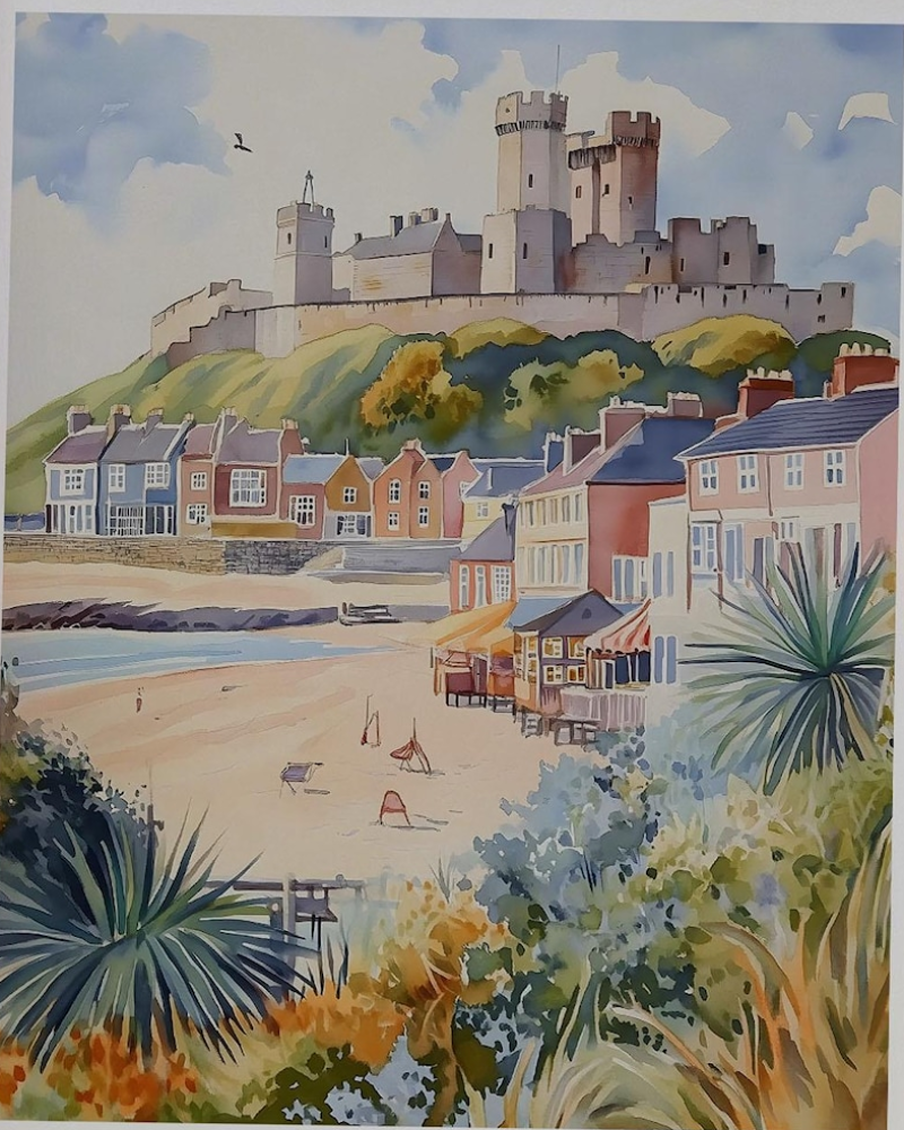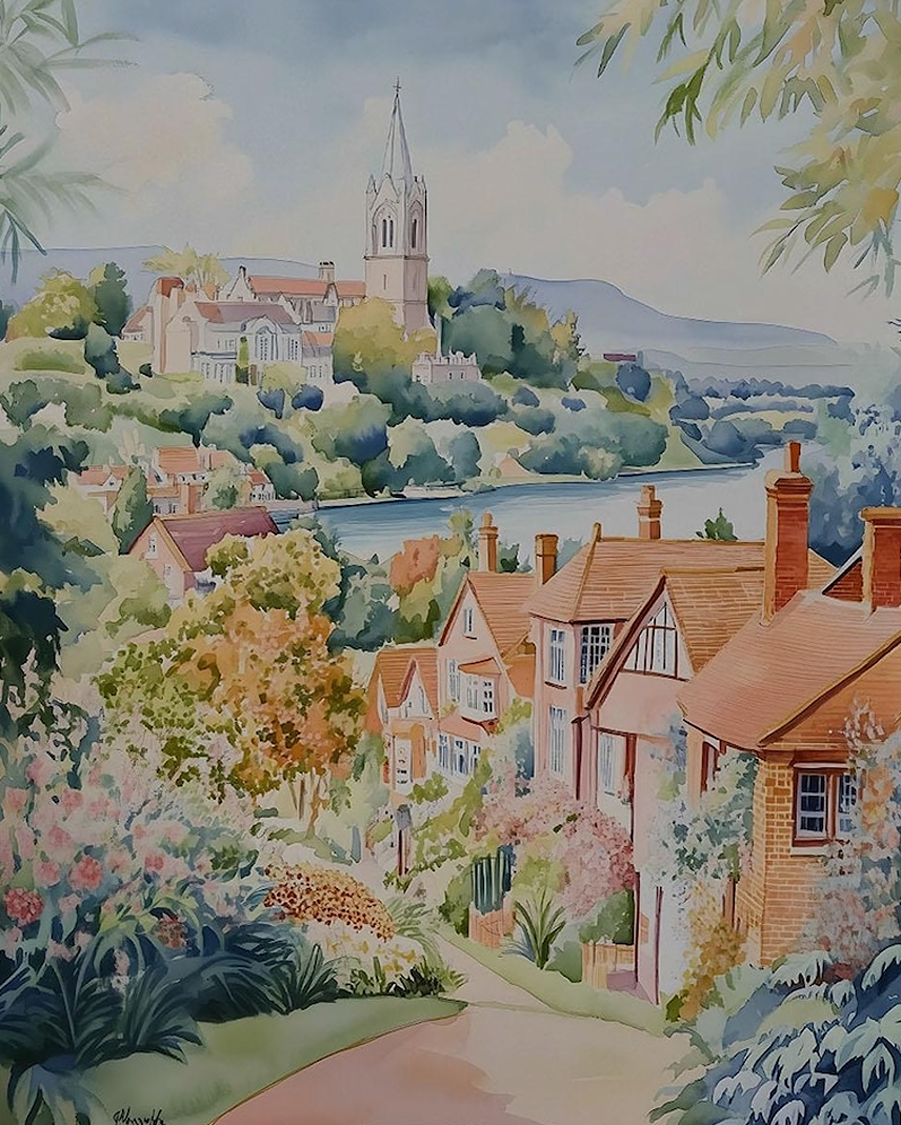The History of England’s Red Telephone Boxes

The original telephone box was designed Sir Giles Gilbert Scott (who also designed Liverpool cathedral and helped to rebuild the Houses of Parliament, after bombs fell on it during World War II).
Inspired by Soane Memorial at St Pancras Old Church) he wanted them to be silver, but the General Post Office (who back then ran the phone network) chose the colour red instead.
When many people had no personal phones, they would give the number of their nearest red telephone box as a reachable contact. Then run across the road to answer it, when it rang!
I remember the cold damp concrete floor. When you dialled the number, there was a second or two, when you could hear the pips on the other end. Before the ‘beep beep beep’ of the pips started, and you pushed your coin in. Nostalgic user!






